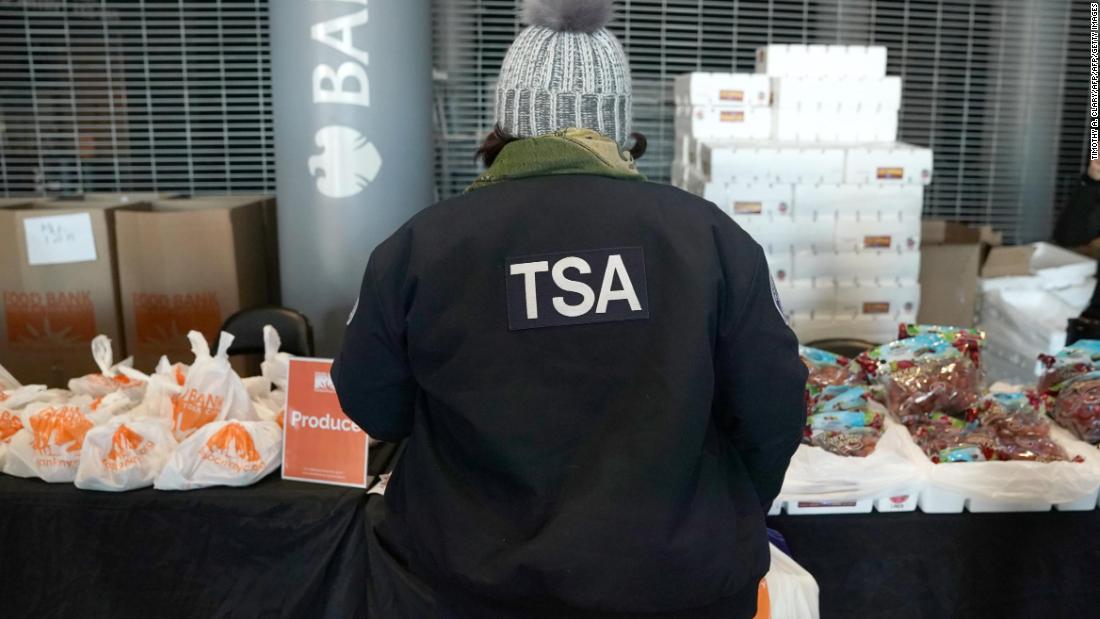[ad_1]
But it is having the unintended consequence of highlighting some inequality here inside the US borders. It’s only about a quarter of the federal government affected by the shutdown, but some groups of workers are particularly hard hit, like the Transportation Security Administration.
Dialing down into certain agencies, particularly TSA, shows a population that is comprised of a much higher percentage of minorities who are among the lowest paid government employees but provide services essential to national security and have been working hard for more than a month with no pay.
TSA, which falls under the Department Homeland Security, has more than 60,000 employees and is among the largest affected agencies. It’s also the one whose workers might interact more directly with the public. Everyone who flies in the US encounters a TSA screener.
Workers at certain agencies like TSA are more likely to be minorities
The US workforce is 13% African-American, according to BLS data released in August. A higher rate — about 15.9% — of workers at the nine largest agencies affected by the shutdown are African-American, according to data maintained by the OPM. This could be due to the concentration of government workers in states around Washington, DC.
But some agencies have a much higher concentration of minorities. TSA has a much higher concentration of African-American employees than the country as a whole — 22.9% compared to the national average of 13.4%.
More broadly, 53% of TSA workers are racial minorities of any kind, compared to the full DHS workforce, which is 46% minority, according to the OPM data. The percentage of minorities in the broader US population is even lower at 41.5%. DHS also includes Customs and Border Protection, its second largest subagency by employment after TSA. It is 48% minority. The nine Cabinet agencies affected by the furlough, viewed together, are a combined 37% minority, however, lower than that national average. And there are some agencies with a much lower-than-average percentage of minorities. The Bureau of Prisons, which also features some of the lowest-paid federal workers, is comprised of just 21% minorities. Federal prisons, unlike airports, are often located in rural areas.
Federal workers have more education than the national average, but not TSA employees
Nationally, 66% of Americans have less than a bachelor’s degree, a higher rate than the average government worker. Almost 52% of workers in departments affected by the shutdown have less than a bachelor’s degree. Employees with a high school diploma or less comprise more than 33% of staff at Homeland Security and the Department of Transportation, and nearly 43% of workers at the Treasury Department.
But at TSA, it’s a far different picture because 76% of workers — far more than the national average — have less than a college education.
Affected federal workers live everywhere in the US
We’ve reported this before, but it is worth repeating that every US state has many federal workers affected by the shutdown. TSA employees are among the federal workers in every state.
Being unable to pay bills, as CNN has reported, is what’s led to a spike in TSA agents calling in sick.
Note: The charts above mostly reflect what you can learn about affected federal workers from data collected by the Office of Personnel Management. The averages for all affected workers listed are for Cabinet-level agencies only. While they represent the vast majority of federal workers not being paid, there are workers from agencies like the EPA that aren’t affiliated with a Cabinet agency, but they are not included below.
[ad_2]
Source link

